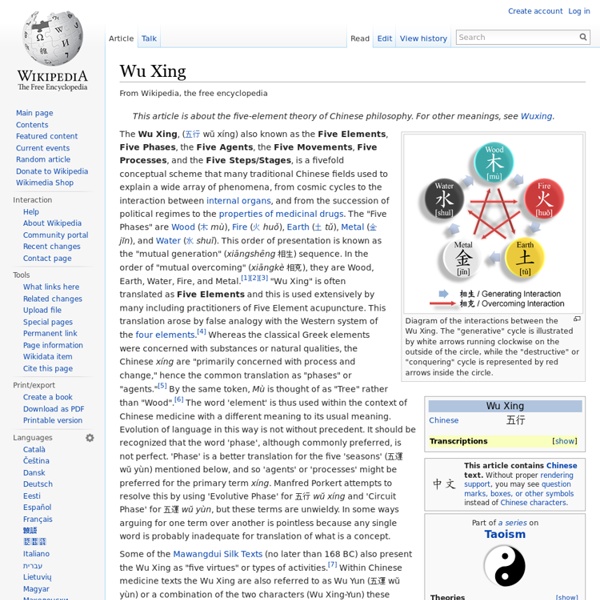Wu Xing

Feng Shui Shopper
Marina Lighthouse and Feng Shui Shopper presents Monthly Treasures March/April 2014 Feng Shui Newsletter “How a person masters his fate is more important than what his fate is.”~ Karl Wilhelm von Humboldt Divination and Inspiration: The I Ching A great source of guidance can be found in one of the oldest books on earth; the I Ching or Book of Changes. Ultimately this became a system based on the energy movements of Yin represented by broken lines and Yang solid lines. How to Use The I Ching or The Book of Changes for Divination Through the years readings were condensed to tossing three coins. ). ). The hexagram is divided into two trigrams; the bottom three lines are called the lower trigram; the top three lines are the upper trigram; together they create the 64 hexagrams below. Find the number and then look up the meaning here. The I Ching or Book of Changes is a wonderful resource to help understand the ebbs and flows of life. H. Enjoy and have a beautiful blossoming productive Spring!
Feng Shui Store
Bazi Fengshui
Related:
Related:



